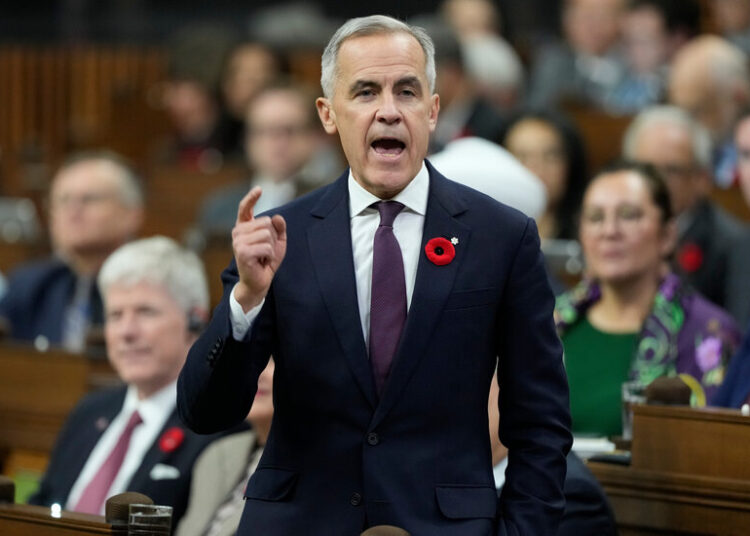
The IRS on Thursday announced new contribution limits for retirement accounts that will allow people to save more money tax-free in 2026.
The higher caps will further boost the nearly $50 trillion already sitting in workplace 401(k) accounts, IRAs and the like, savings vehicles that have helped hundreds of thousands Americans build nest eggs worth $1 million or more.
The IRS on Thursday announced new contribution limits for retirement accounts that will allow people to save more money tax-free in 2026.
The higher caps will further boost the nearly $50 trillion already sitting in workplace 401(k) accounts, IRAs and the like, savings vehicles that have helped hundreds of thousands Americans build nest eggs worth $1 million or more.
Here’s what you need to know about the changes.
Next year, workers will be able to divert as much as $24,500 of their pay into a tax-advantaged workplace retirement account such as the 401(k), the 403(b) for nonprofit employees or 457 plans for government workers. That’s $1,000 more than the current cap.
Many companies also match a percentage of the employee’s contribution. According to 401(k) provider Fidelity, the most common formula is a dollar-for-dollar match on the first 3 percent of an employee’s contribution and then a 50 percent match for the next 2 percent. So if an employee contributes 5 percent of their salary, they effectively get another 4 percent from their employer, the company said.
Of course, many workers are nowhere close to reaching the savings max. According to the 401(k) administrator Vanguard, some 14 percent, or 1 in 7, of its account holders reach the annual maximum, a level that has remained consistent for the past five years.
And raising the contribution limits is unlikely to move the needle on the 4 in 10 U.S. households that have no retirement savings at all. The latest Census data, from 2023, shows that more than half of Black and Hispanic households have nothing put away for retirement savings, along with more than half of households headed by a woman.
The contribution limit on individual retirement accounts is also going up, from $7,000 in 2025 to $7,500 in 2026.
The IRS also expanded who can contribute to IRAs. People who don’t have access to workplace retirement plans like 401(k)s can always contribute to IRAs, but only lower-income workers are allowed to contribute to both. The limits are based on marital status and other details of the contributor’s tax situation.
IRAs generally allow people to contribute money without paying taxes on it, then pay taxes when they withdraw the money in retirement. For those wishing to do the reverse — pay taxes up front, then pay no tax when they withdraw the money — Roth IRAs will be allowed in 2026 for single and head-of-household tax filers earning as much as $168,000, and married taxpayers earning as much as $252,000, both of which are higher limits.
High earners have gotten around these limits with a strategy called a “backdoor Roth IRA,” in which they contribute to a non-Roth account and then convert it to a Roth, a loophole that Congress has declined to close.
Yes. If you are older than 50 and eligible to contribute to an IRA, you can put an extra $1,100 into your IRA in 2026, up from $1,000 in 2025.
Workers ages 50 to 59 can save an extra $8,000 in their 401(k)s and similar accounts, up from $7,500, and those in the 60 to 63 bracket can contribute an extra $11,250, the same amount as in 2025. That brings the total maximum contribution to $32,500 for people in their 50s, and $35,750 for those ages 60 to 63.
Lower-income workers who make retirement contributions can get a tax credit in the year that they make them, worth between 10 and 50 percent of the amount they contribute. The income threshold for receiving that Saver’s Credit goes up to $40,250 for single taxpayers and $80,500 for couples filing jointly in 2026.
The post You can save more in your 401(k) and IRA next year. Here’s why.
appeared first on Washington Post.




